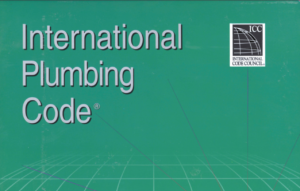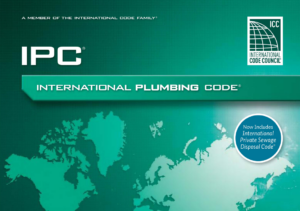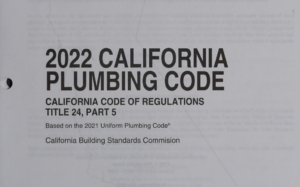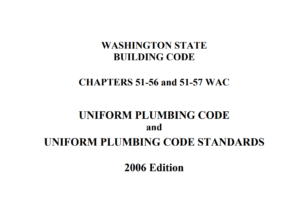The 2012 International Plumbing Code (IPC) establishes a comprehensive framework to ensure safe and efficient plumbing systems within various buildings. It provides detailed regulations that span from fundamental definitions to specific requirements for different plumbing components and systems.
The initial sections lay the groundwork for applying and enforcing the code, emphasizing the necessity of adherence to ensure due process and equal protection under the law. A key section includes a glossary of terms used throughout the code, highlighting the importance of understanding specific terminologies which often differ from their commonly understood meanings.
Subsequent sections address general regulations related to plumbing systems, including safety measures that protect the building’s structural integrity and stipulate the installation of fixtures. These include specifying the minimum number of plumbing fixtures required for different buildings, setting standards for their quality, and ensuring their installation aligns with usability and health standards.
The document also covers the design, installation, and operation of water heaters, focusing on minimizing hazards and specifying standards for system connections and water temperature. The supply and distribution of potable water are regulated to ensure it remains safe and uncontaminated throughout the building, with particular attention to preventing backflow and ensuring water integrity for health care facilities.
Further sections delve into the materials, design, and installation of sanitary drainage systems, emphasizing the importance of proper connections and suitable materials to prevent system failures. Special waste systems that require indirect connections are also regulated to prevent contamination and ensure safe disposal. Additionally, the code outlines requirements for venting systems to protect trap seals and maintain atmospheric pressure within drainage systems, along with detailed guidance on traps, interceptors, and separators.
There are specific guidelines for managing stormwater to prevent structural and property damage, and special piping and storage systems for non-flammable medical gases and other specialized systems. Gray water recycling systems are encouraged to reduce the demand for potable water, promoting environmental sustainability.
Lastly, a comprehensive list of referenced standards is included to ensure compliance and facilitate the correct application of regulations, establishing a clear and accessible guide for plumbing professionals to ensure safety, functionality, and compliance with modern plumbing practices.






